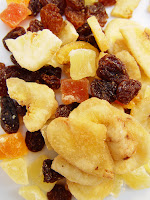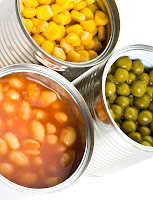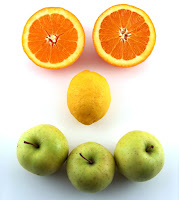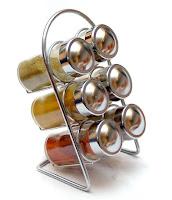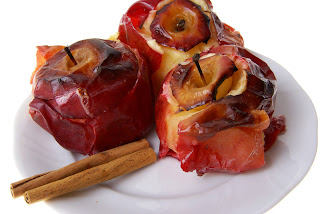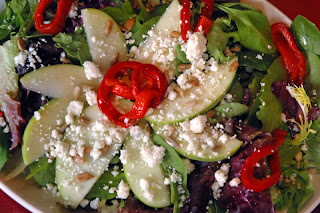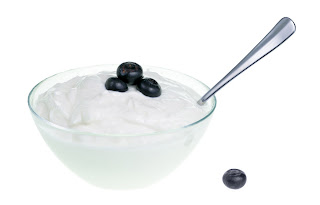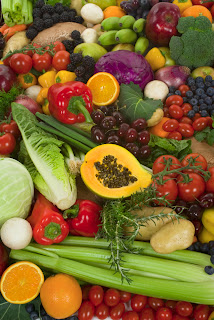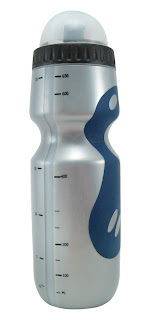While many fast food restaurants do have products loaded with sodium, fat and sugar, many are making a real effort to provide healthier choices to their customers.
Side items are one place a customer is starting to see interesting options. At Wendy’s, for example, mandarin oranges are available as a side instead of French fries. At Sonic, the carhop can help you ditch the fries and bring you a banana instead. And pay close attention to the sandwich menu at McDonald’s - a grilled chicken wrap is 250 calories with 10 grams of fat versus a Big Mac with cheese that has 540 calories and 29 grams of fat.
Some establishments are placing the calorie information directly on the sign board to help you know what you will be consuming before you order. Many restaurants will provide free pamphlets with the nutritional breakdown of each menu item. If you can't find the nutrition information, ask for it and be an informed consumer!
There are things that you can do to help yourself make better choices:
- You do not have to be a kid to order a kid’s meal. These portions are often much more reasonable and realistic.
- Substitute fruit or baked potato for French fries. If you do not see it on the menu, ask.
- Order a salad, but instead of covering it in dressing, first dip your fork in the dressing and then put your fork in your salad. You will be amazed how much less dressing you use.
- Ask for whole wheat bread/bun; many places are now offering these.
- Hold the mayo! These calories and fat grams can really add up.
- Ask for a cup for water instead of soda. You will drink less calories and it is free of charge!
- Before ordering, ask the cashier for the nutritional facts or look them up at home on the Internet before you leave. Take your time and/or make your decisions before you arrive at the restaurant so it's less likely that you will be enticed by attractive advertisements.
- Order fries without salt. This will help decrease your sodium intake.
- Try a grilled chicken sandwich instead of a fried one.
- Always order with lettuce, tomato and onion. You have to get your veggies somehow!
Additional nutrition and health information can be found on the MissouriFamilies website.
Contributors: Mallory Bratton, KU Med Dietetic Intern & Denise Schmitz, M.A., R.D., Nutrition & Health Education Specialist, University of Missouri Extension, 816-482-5854, schmitzda@missouri.edu



